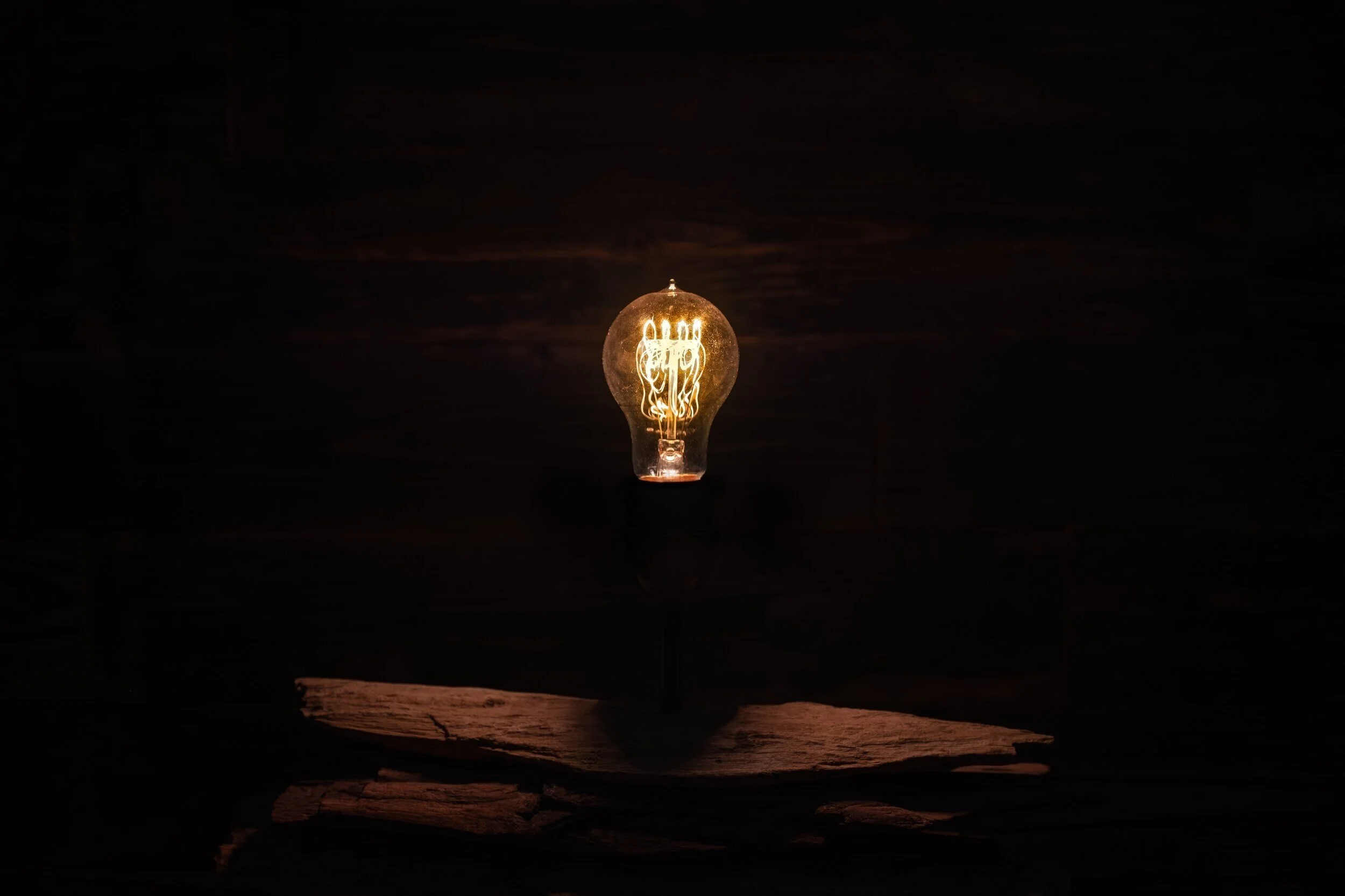Finding Creativity in the Midst of Crisis
As Covid-19 hit in March and so many of our communities went into lockdown, my creative output trickled to a near stop. And talking with writers, creatives, and professionals, I know many of us had similar experiences. We kept working, yes. I edited, wrote content, met deadlines with the same care as always, and perhaps more. But the creative outlets I normally tapped into dried up quickly—art projects became uninteresting, poetry and personal essays quit surfacing, and even the joy of listening to music tapered off. Creativity went MIA.
So what happened and how do we find creativity again?
Thinking back over the last few months, I think my creative energy was reallocated to two other efforts: survival mode and research.
It takes energy to do necessary life things when everything is suddenly different. It took double the amount of time and effort to figure out new ways to get groceries, of creating new work rhythms, of keeping up with relationships when we couldn’t see each other anymore. All these micro decisions, this reinventing of the wheel takes a large amount of practical creativity.
On top of that, sorting through the constant stream of information and misinformation takes a toll as well. And if you’re like me, you probably got pulled into one, or a thousand, research whirlpools. Vetting all the information available at our fingertips and then aligning our lives with the pertinent pieces takes creative work too.
So yes, looking back, I can see where my creative efforts went. And though they were life-preserving, I’m not convinced they were life-giving, but that’s not something to begrudge; you have to tread water before you can swim. Meeting the basic physical needs makes life possible but it’s the arts—creativity—that makes life meaningful. We saw this in the collective reach for comfort through baking and reading and nature during quarantine.
Let’s remember that prioritizing health and relationships over creativity during a pandemic is nothing we need to feel guilty about. But there comes a time when we need creativity like we need a hug, like we need laughter, and our souls itch to find expression and engage the world in different ways. So if you, like me, are ready now to jumpstart your creativity, here are four simple ways to do just that.
1. Get Creatively Distracted
In a counterintuitive move, cultivating creativity in something completely different outside your norm is one the best ways you can boost creativity in your life overall. A rising tide lifts all boats and all that.
Practicing creativity in a low-pressure side hobby is a very freeing exercise and seems to jumpstart the creative pathways in our brains. Explore an activity you don’t usually dabble with. Get a little adventurous in the kitchen and cook (or bake) up a storm, try your hand at cross stitching, scribble down some haikus, make a mess with paints and colored pencils, get your hands dirty in the garden, or compose a piece of music.
It might seem unproductive or like useless play, but I assure you it’s essential. For, as author Wil Derkse writes in his niche little book, “Even moments of ‘play’ and ‘doing nothing’ can and must be built in: they are of vital importance… Yet, they are the first to be let go when we become busy and important or when we are up against it. But just like children stop playing when they are unhappy, afraid, or sick, in the same manner the absence of ‘play’ in an organization (whether it is about a research group, a metal factory, or a diocese), is a certain signal of anxiety, sickness, and unhappiness. Obversely, ‘play’ and ‘playfulness’ are conditions for the practice of human creative functions. There is a direct correlation between play and creativity, between doing nothing and new fruitfulness.” – The Rule of Benedict for Beginners by Wil Derkse, page 84, emphasis mine.
2. Learn About Your Craft
We’ve all had encounters with professionals who have lost all passion for their craft—the burnt-out journalist, the jaded civil servant, the teacher who touts outdated facts because that’s the way they’ve taught this class for years, the doctor who has no time to look their patients in the eye... When we lose touch with our love and curiosity with our specialty, we lose something vital—and it shows in the work and in our lives.
Keeping the passion alive and fueling your work with fresh ideas doesn’t take a ton of time or energy. Reading the occasional article about new discoveries in your field, discussing best-practices with peers, tracking trends in your industry online, taking a class complementing your area of expertise are a few examples of ways to avoid burn-out, boost curiosity, and stay fresh.
3. Get Moving
Sometimes the creativity is there, just buried. Getting our bodies moving has a wonderful side effect in that it distracts the conscious mind long enough to let our subconscious offer up the ideas it’s been developing.
It’s not uncommon for me to be out on the trail, zoned-in on the activity of mountain biking, when I’ll suddenly think of a solution for a problematic chapter or a new angle for a stalled article. You don’t have to leave it to chance either. Ask yourself a question as you start your activity and let your subconscious mull it over. You’ll be surprised at what comes to the surface by the end of your exercise.
4. Be Honest
Sometimes the lack of creativity in our work has little to do with creativity itself but with ourselves.
Anxiety, worry, fear, bitterness, the pressures of perfectionism… these are all creativity killers. And it can be hard to realize which emotion is stifling our muse unless we’re honest with ourselves. If you sense that this might be your problem, take a few minutes to take an inventory of the emotions you have associated with the project at hand. How do you feel about doing this work? Why? Write out your findings in as honest a way as you can. Getting these creativity stiflers out of your head and out in the open allows your brain to move forward from fretting to exploring and then to settling into the creative work.
Every once in a while, everyone—including our own minds—needs a kind, listening ear. And sometimes acknowledging what’s going on inside through the simple practice above is all we need to get the creative juices flowing once again.
And occasionally, the solution to your problem will show up when you acknowledge the obstacles you’re facing. If I find a particular article tedious and I’m dragging my feet through the writing process, perhaps the article really is a waste of time. Or perhaps my focus on the topic is too small and I need a larger, more relatable angle. But it all starts with first being honest with ourselves.
I’m praying that this pandemic resolves soon for all our sakes, especially those most vulnerable. But I also realize that as creatives, professionals, and innovators, we will always be tasked with finding creative ways to be creative in less than ideal situations. Life is never predictable and business and culture change fast. I hope the four methods above help you find fresh energy and motivation for your work, and even spark entirely different methods for finding creativity in your own life.





